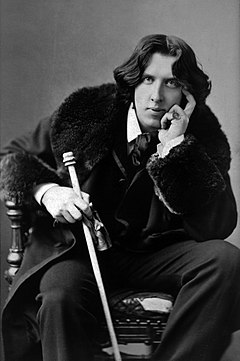d. December 7, 1975
American playwright and dramatist,who is the only writer to have won Pulitzer Prizes for both literature (his novel "The Bridge of San Luis Rey"), and for drama (twice, for his plays "Our Town" and "The Skin of Our Teeth"). He also earned a National Book Award for his novel "The Eighth Day".
American playwright and dramatist,who is the only writer to have won Pulitzer Prizes for both literature (his novel "The Bridge of San Luis Rey"), and for drama (twice, for his plays "Our Town" and "The Skin of Our Teeth"). He also earned a National Book Award for his novel "The Eighth Day".
Although Wilder never discussed being gay publicly or in his writings, his close friend Samuel Steward is generally acknowledged to have been a lover. Wilder was introduced to Steward by Gertrude Stein, who at the time regularly corresponded with the both of them. Wilder's mainstream literary works are landmarks of American literature, but they reveal scant traces of his homosexuality. A discreet homosexual, his sexual proclivities were kept far out of the limelight.
Wilder seems to have been regarded even by his closest friends as a kind of Henry James figure, somewhat sheltered and cerebral, and frightened of sex. The relationship between Wilder and his one documented companion, Steward, may have begun as a furtive sexual fling in Zurich in 1937. Steward, a writer, pornographer, tattoo artist, and one-time college professor, was, in pointed contrast to Wilder, open and adventurous. He wrote popular erotic gay works in the 1970s under the pseudonym Phil Andros.
Wilder seems to have backed away from Steward after several awkward encounters. Intimate affection eventually became fond intellectual acquaintance. Typical of some gay men of the era, Wilder preferred to play the role of the perennial Respectable Bachelor. Although he never publicly discussed his homosexuality, later in his life he is believed to have had discreet affairs with younger men.















